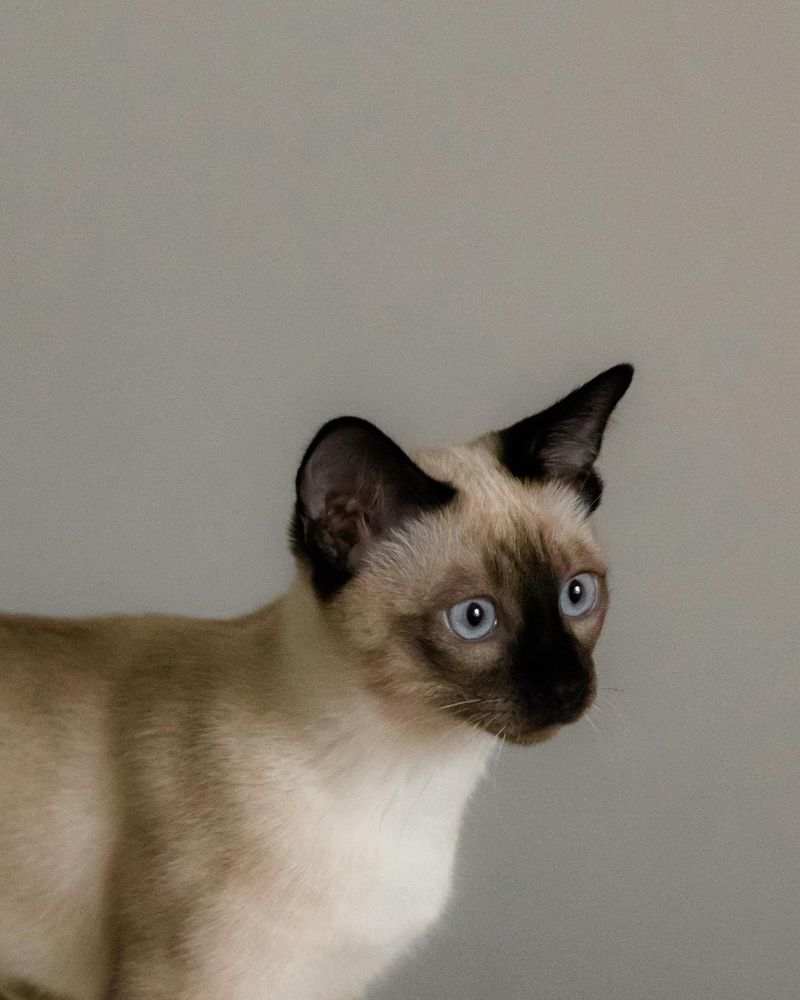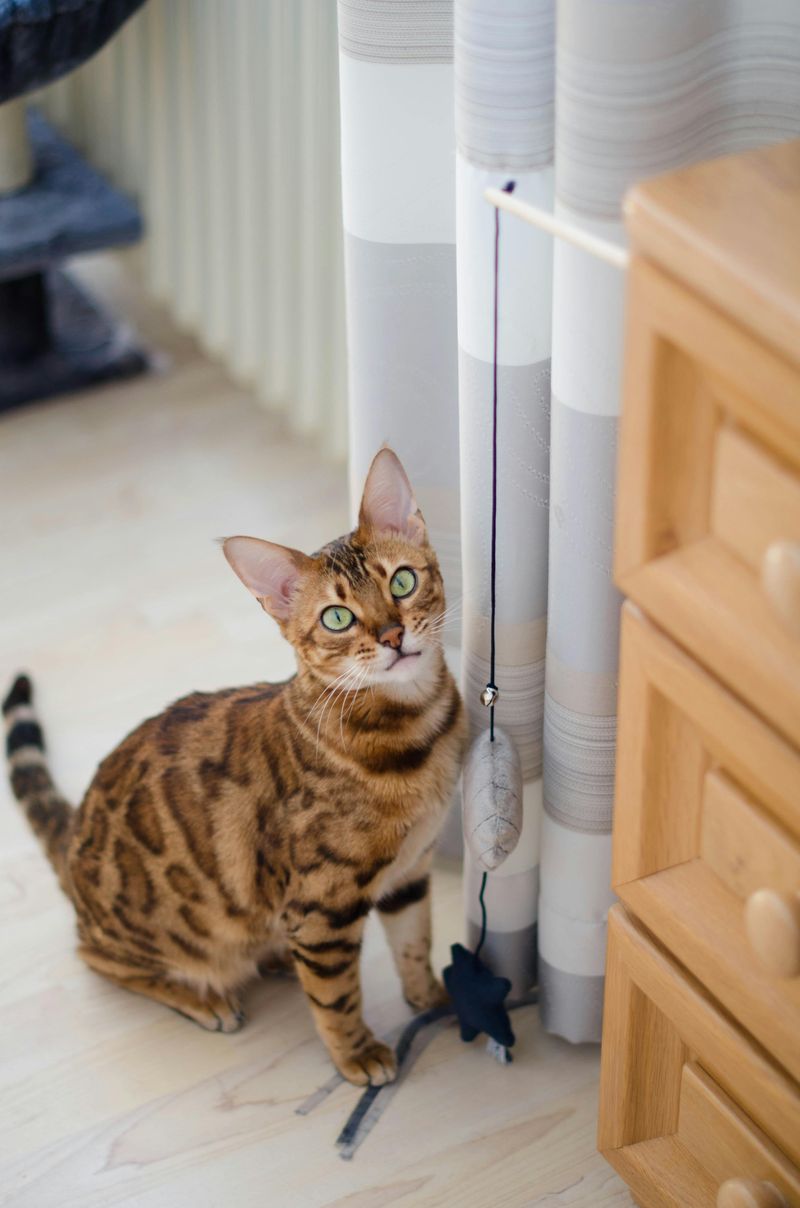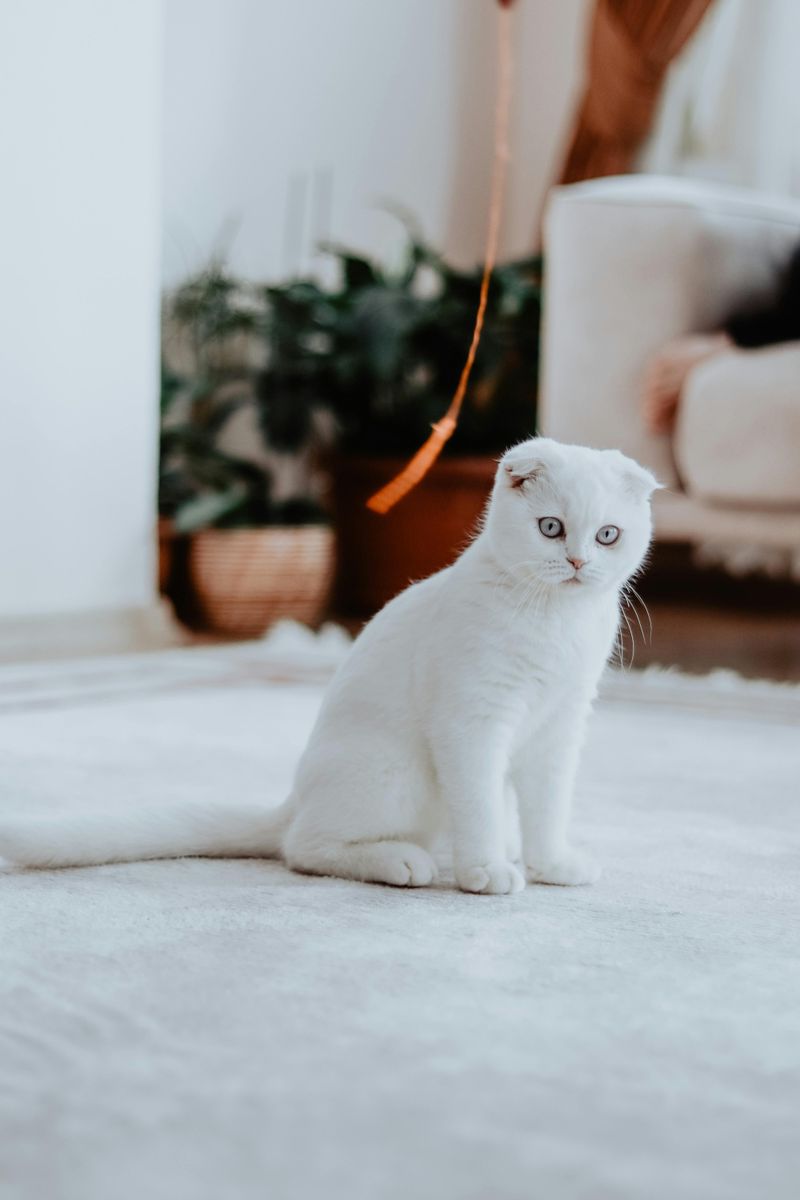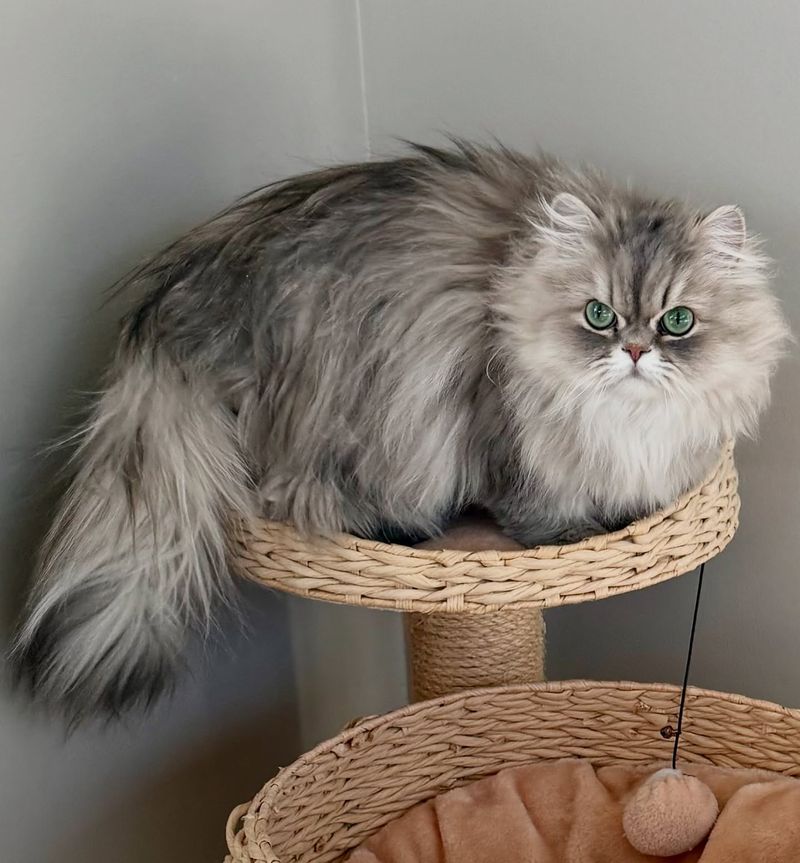📖 Table of Content:
Choosing the perfect cat for your home involves more than just picking the breed with the prettiest coat or the most exotic features. While certain breeds are immensely popular for their looks or temperament, they may not necessarily be the best fit for families—especially those with young children, busy routines, or a preference for low-maintenance pets. Understanding a breed’s needs, energy levels, and social preferences can save a family from future stress, mismatches, or even the heartbreaking need to rehome a pet.
Popular cat breeds often carry assumptions that they’ll be universally good companions, but this isn’t always the case. Some breeds require more attention than families can realistically give, while others may be shy, high-maintenance, or intolerant of loud, unpredictable environments. The mismatch between a cat’s characteristics and a family’s lifestyle can lead to frustration on both ends, reducing the joy of what should be a fulfilling human-animal bond.
To help families make more informed choices, this article explores seven cat breeds that, despite their popularity, tend to be the wrong fit for family households. These insights are not meant to deter adoption, but rather to encourage thoughtful pairing between pet and environment. With the right understanding, every cat can thrive—but it starts with choosing a breed that naturally suits your household’s pace and personality.
1. Siamese
Renowned for their piercing blue eyes and elegant build, Siamese cats are also famous for their constant chatter and demand for attention. Unlike more laid-back breeds, Siamese thrive on being the center of activity and can become vocal or agitated when ignored. Their intelligence means they can learn tricks and open doors, but it also means they get bored quickly without stimulation. In busy family homes where time and patience may be stretched thin, this breed’s emotional intensity can be overwhelming. They’re not shy about voicing displeasure or insisting on interaction, which may become disruptive during quiet time or nighttime. While affectionate and loyal, their clinginess can feel more like a demanding roommate than a companion. Families with lots of young children may struggle to meet the Siamese’s emotional and environmental needs.
2. Bengal
Few cats can match the wild beauty and athletic prowess of the Bengal, but their high energy levels often come at a cost. Originally bred from domestic cats and wild Asian leopard cats, Bengals possess a spirited personality that requires extensive physical and mental engagement. This breed will scale furniture, jump to unexpected heights, and often explore places you’d rather they didn’t. A lack of stimulation or attention can result in destructive behavior, including chewing, scratching, or aggressive play. Their playful nature may be too intense for younger children who can’t interpret a Bengal’s cues to back off. Bengals also tend to form strong bonds with their primary caregiver, sometimes becoming territorial or aloof with others. Without proper outlets, their boundless energy can transform a calm home into a chaotic jungle.
3. Sphynx
The hairless wonder of the cat world, the Sphynx, certainly turns heads with its alien-like appearance and warm, suede-like skin. These cats are undeniably affectionate and thrive on human contact, often following their owners around the house. But their lack of fur brings a host of grooming and care requirements that many families might find too time-consuming. Regular baths are essential to remove oil buildup on their skin, and they are highly sensitive to temperature changes. Children who don’t understand the need for gentle handling could accidentally harm their delicate skin. In addition, their clingy personality means they dislike being left alone and may act out if neglected. While sweet-natured and sociable, they need a family willing to invest extra time into their care and comfort.
4. Russian Blue
Sleek, silver-coated, and quietly dignified, the Russian Blue is a breed known for its reserved and introspective nature. Unlike outgoing cats that seek constant interaction, Russian Blues prefer quiet environments and can be very cautious around strangers or noise. This makes them ill-suited to homes bustling with young children, guests, and activity. They tend to bond deeply with one or two individuals and may avoid or hide from everyone else. While their cleanliness and calm demeanor are ideal for low-key households, they’re not likely to enjoy the spontaneous playfulness of a busy family. Sudden movements and loud sounds can cause chronic stress for these cats. Their sensitive temperament makes them a better match for quieter, more predictable homes.
5. Scottish Fold
The iconic folded ears and big-eyed expressions of the Scottish Fold make them incredibly appealing, but there’s more beneath the surface. This breed is genetically predisposed to joint and cartilage problems due to the mutation that causes the folded ears. As a result, they often experience pain or mobility issues, which can be aggravated by too much rough handling or activity. Children may not realize the need for extra care and gentleness, putting the cat at risk of injury. Although they can be affectionate and calm, Scottish Folds may become reclusive if they’re not feeling well. Their medical needs can also be costly and emotionally taxing, especially for families unprepared for long-term veterinary care. These charming cats do best in environments that offer peace, patience, and soft handling.
6. Persian
With their luxurious coats and regal demeanor, Persians are the epitome of feline elegance—but that beauty comes at a high cost. Their long fur requires daily grooming to prevent painful matting and skin problems, something not all families have the time or commitment to manage. In addition, their flat faces make them prone to breathing difficulties, eye discharge, and other health complications. Children may unintentionally mishandle them or interrupt their frequent naps, leading to stress or defensiveness. Persians prefer serene, structured environments and dislike sudden changes or loud noises. Their calm nature can be mistaken for tolerance, but they often retreat when overstimulated. While peaceful companions, they are best suited for quieter homes with consistent routines.
7. Oriental Shorthair
Bright-eyed and endlessly expressive, the Oriental Shorthair is a lively and vocal cat with a huge personality packed into a slender frame. They are known for forming deep attachments with their humans and craving interaction nearly all day long. This intensity can be overwhelming for families who may not have the bandwidth to constantly entertain their pet. Their vocalizations can be frequent and loud, making them a less-than-ideal choice for noise-sensitive households. Children may love their energy at first but struggle with the breed’s assertive personality and persistent demands. These cats can become anxious or even destructive if left alone too often or ignored. Their charming quirks shine brightest in homes where they are the star of the show—not one of many competing priorities.







